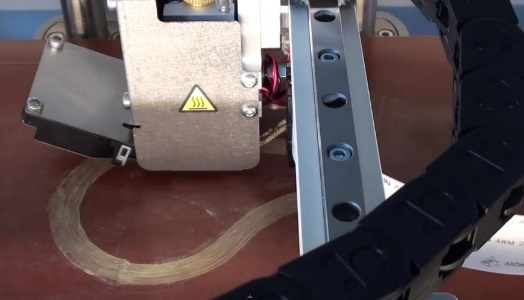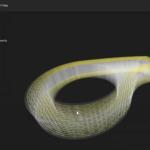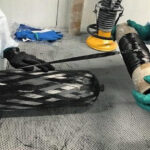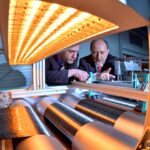Ever since MarkForged burst onto the scenes with the announcement of their $5,400 Mark One 3D printer, the reality of what can and can not be 3D printed on a desktop machine saw a complete turnaround.
No longer were we limited to printing plastic parts with virtually no strength properties whatsoever. Instead, the Mark One 3D printer opened up our world by allowing us to 3D objects using Kevlar, carbon fiber, fiberglass, and more, meaning the ability to print actual working prototypes and even end-use products suddenly became a reality.
So how strong are the objects printed in these materials? We previously reported on the of MarkForged’s Benchmark Data, in which they confirmed that their printer can print materials up to 30 times stronger than traditional ABS plastic. Quite impressive I must say, although for me, seeing is believing.
Surely enough, today, a company called Original Notions -which has their own Mark One 3D printer, and also happens to run their own 3D Hub–decided to test out the strength of objects printed in Kevlar on the Mark One 3D printer. In doing so, they set out to 3D print a Kevlar-lined automobile tow hook.
They started out designing the tow hook using SolidWorks, before uploading it into MarkForged’s Eiger software, which runs in Google Chrome. This software allows for the control and placement of the advanced composite materials, in this case Kevlar, within 3D printed objects. Using Eiger, Original Notions placed the Kevlar on the outer layers of the tow hook, as these are the areas in which most of the strength was needed. All other layers of the hook were programmed to be printed in nylon.
Then the STL file was sent to the Mark One 3D printer, which was set to print using 0.1mm layer resolution. It took 7 hours to complete, and included 20 layers of printed Kevlar as well as 140 layers of nylon.
In the end, Orginal Notions was left with a 3D printed Kevlar-reinforced tow hook. The only thing left to do was to test it out on a real car.
The 3D printed tow hook held up to the challenge, as it was capable of towing a 3000 lb car uphill, without its engine running. As you can see in the video below, there was virtually no give whatsoever, and it responded the same as a more conventional metal tow hook would have. This goes to prove that just about any metal part can now be reproduced and/or prototyped in one of the many composite that the MarkForged Mark One 3D printer is capable of. What do you think about the potential that the Mark One 3D printer provides? Discuss in the Mark One forum thread on 3DPB.com.
Check out the video below.















